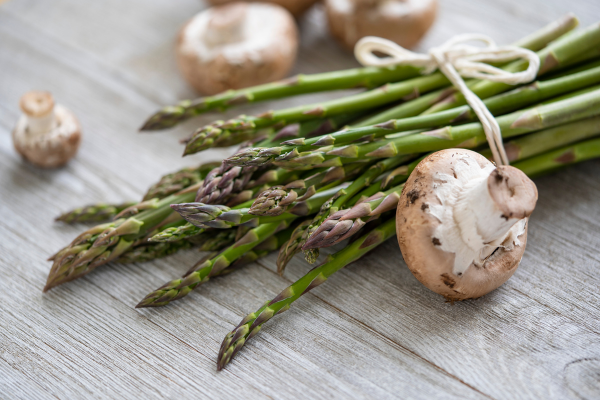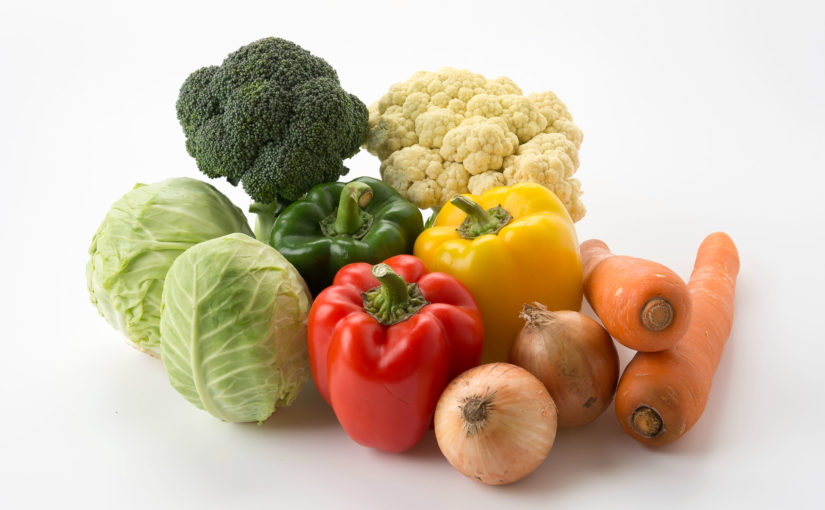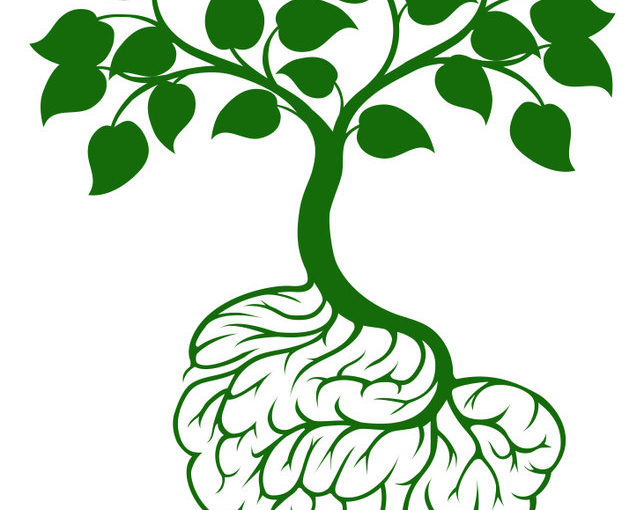
2025 Dirty Dozen and Clean Fifteen
Posted June 2nd, 2025
Understanding the Dirty Dozen and Clean Fifteen: A Guide to Smarter Produce Shopping
Every year, the Environmental Working Group (EWG) releases a helpful guide for shoppers aiming to make healthier and more environmentally conscious choices when buying fruits and vegetables. Known as the Dirty Dozen and Clean Fifteen, these lists identify which produce items have the highest and lowest levels of pesticide residues, based on thousands of tests conducted by the U.S. Department of Agriculture (USDA) and the Food and Drug Administration (FDA).
What Are the Dirty Dozen?
The Dirty Dozen refers to twelve types of produce that tend to carry the highest pesticide loads, even after washing and peeling. These items are often grown using more intensive pesticide applications or have skins that easily absorb residues. For health-conscious consumers, especially those trying to avoid synthetic chemicals, the Dirty Dozen are the fruits and vegetables most worth buying organic.
As of the most recent report, the Dirty Dozen includes:
- Strawberries
- Spinach
- Kale, collard & mustard greens
- Grapes
- Peaches
- Pears
- Nectarines
- Apples
- Bell & hot peppers
- Cherries
- Blueberries
- Green beans
Some of these, like strawberries and spinach, have consistently ranked at the top of the list due to the number and volume of pesticide residues found on them. The list doesn’t suggest avoiding these foods, but rather encourages purchasing the organic versions when possible to reduce exposure to harmful chemicals.
What Is the Clean Fifteen?
In contrast, the Clean Fifteen are fruits and vegetables that tend to have the lowest levels of pesticide residues. These items are often grown with fewer pesticides or have protective skins or peels that limit chemical absorption.
The current Clean Fifteen includes:
- Avocados
- Sweet corn
- Pineapple
- Onions
- Papaya
- Sweet peas (frozen)
- Asparagus
- Honeydew melon
- Kiwi
- Cabbage
- Watermelon
- Mushrooms
- Mangoes
- Sweet potatoes
- Carrots
These produce items are generally considered safer to buy non-organic, which can help shoppers stay within budget while still reducing overall pesticide exposure.
Why Does It Matter?
While the levels of pesticides found in conventional produce are within legal limits, research has raised concerns about the potential long-term health effects of consuming multiple pesticide residues. Children, pregnant individuals, and people with weakened immune systems may be even more vulnerable to the effects. The Dirty Dozen and Clean Fifteen list provides a practical approach for reducing risk.
Final Thoughts
By using the Dirty Dozen and Clean Fifteen as a guide, you can make more informed decisions at the grocery store. It’s not about fear—it’s about balance, knowledge, and prioritizing. Whether you’re shopping for your family or just yourself, these lists are a smart tool for navigating the produce aisle with confidence.



